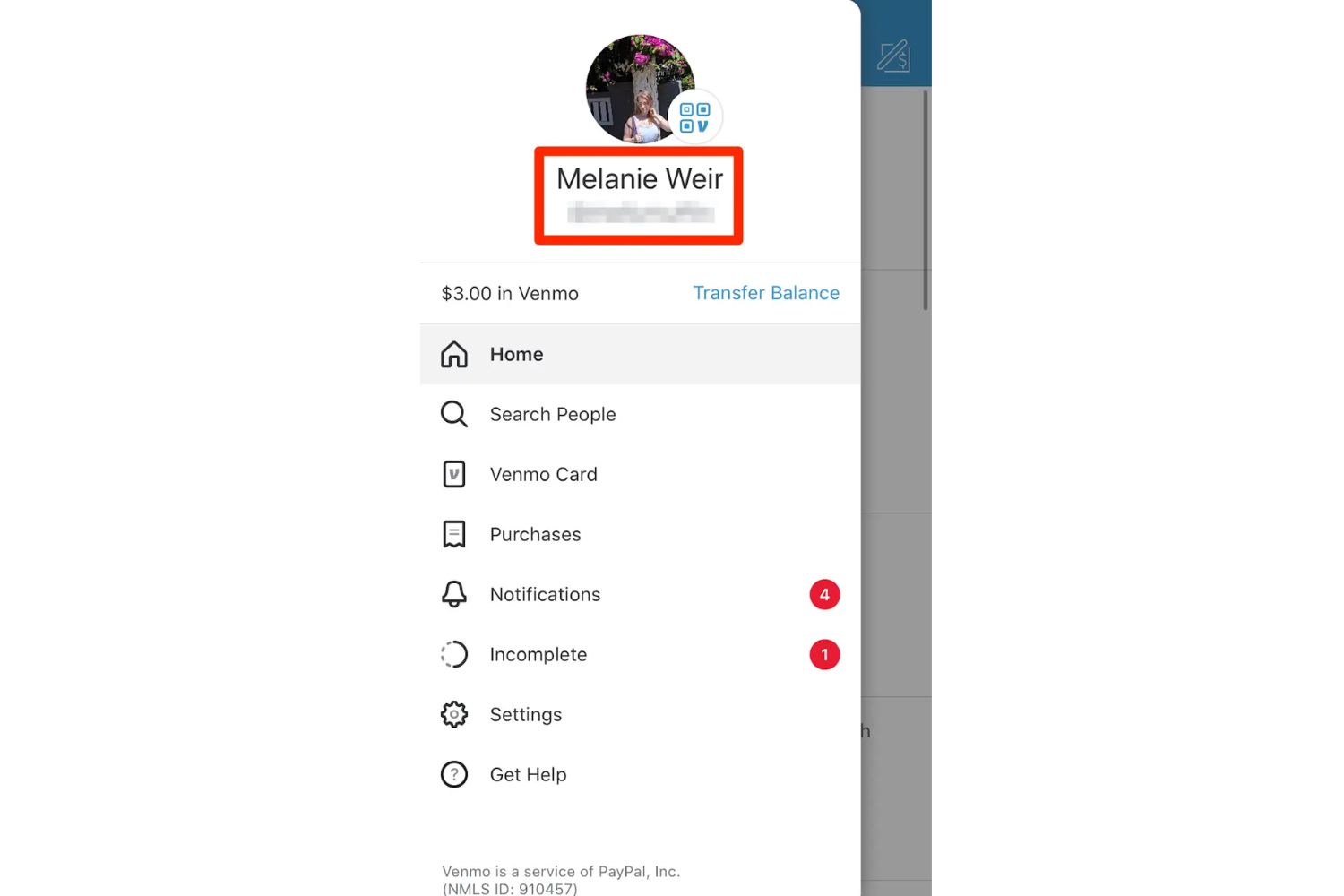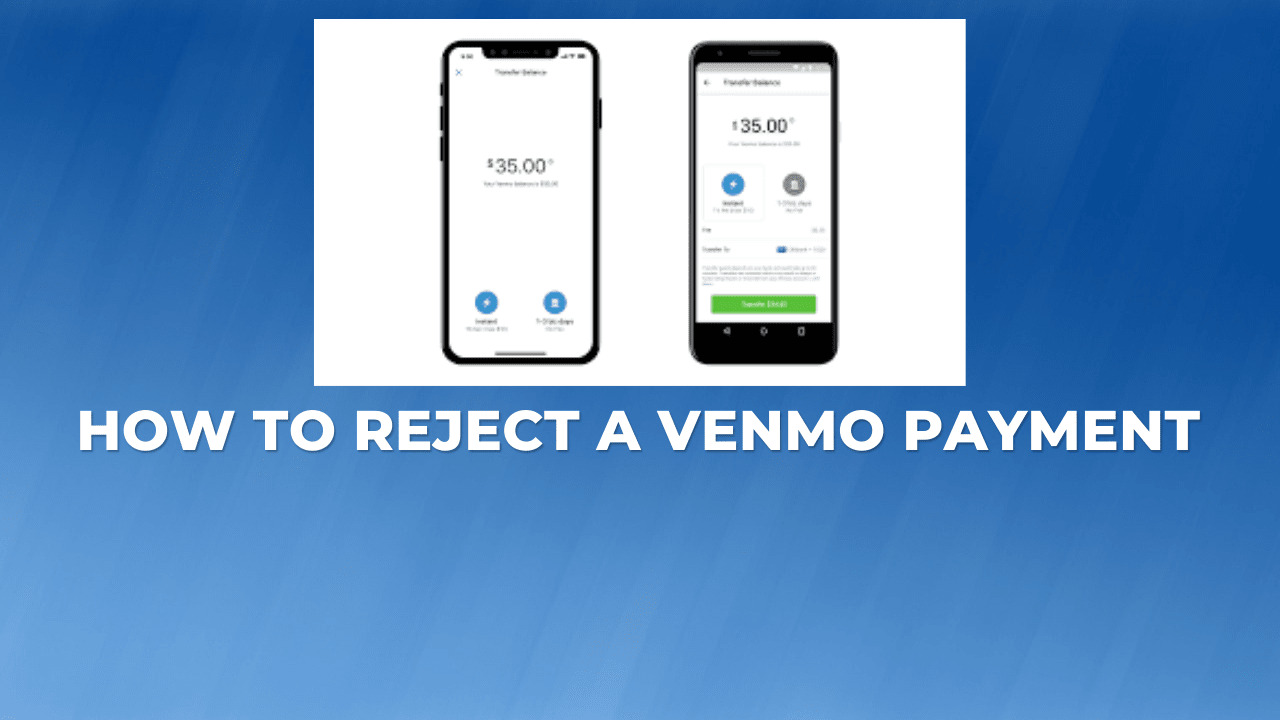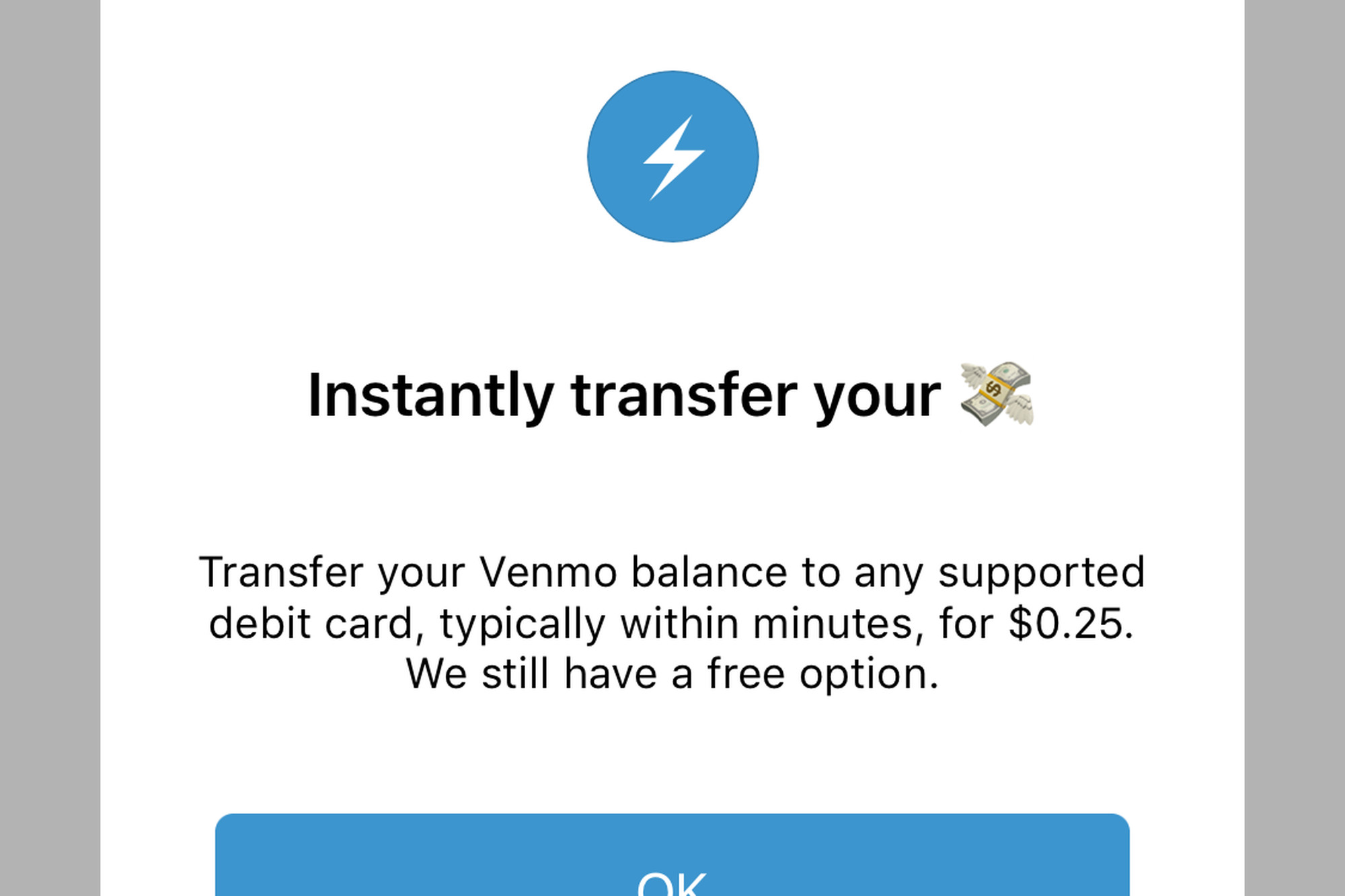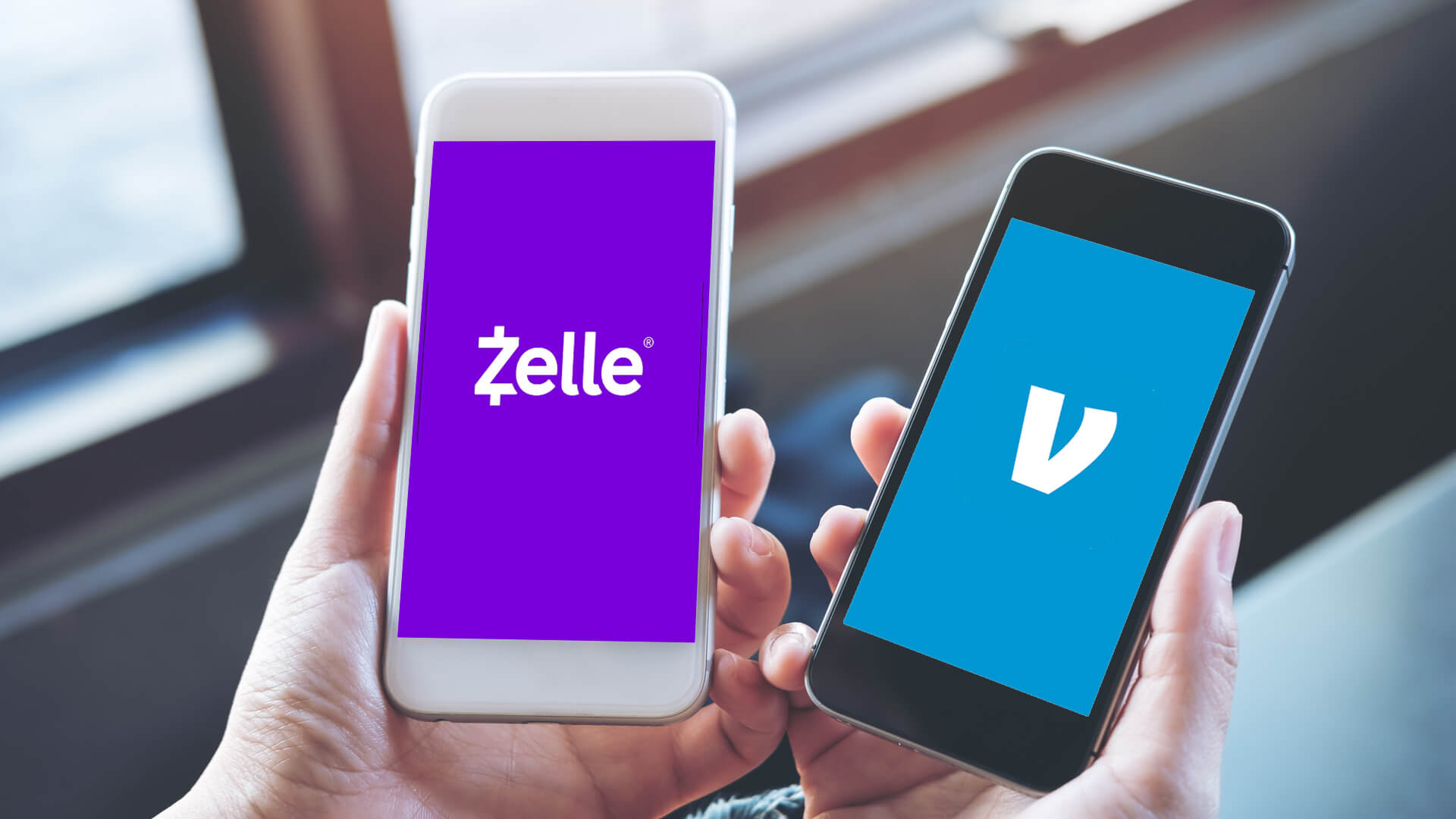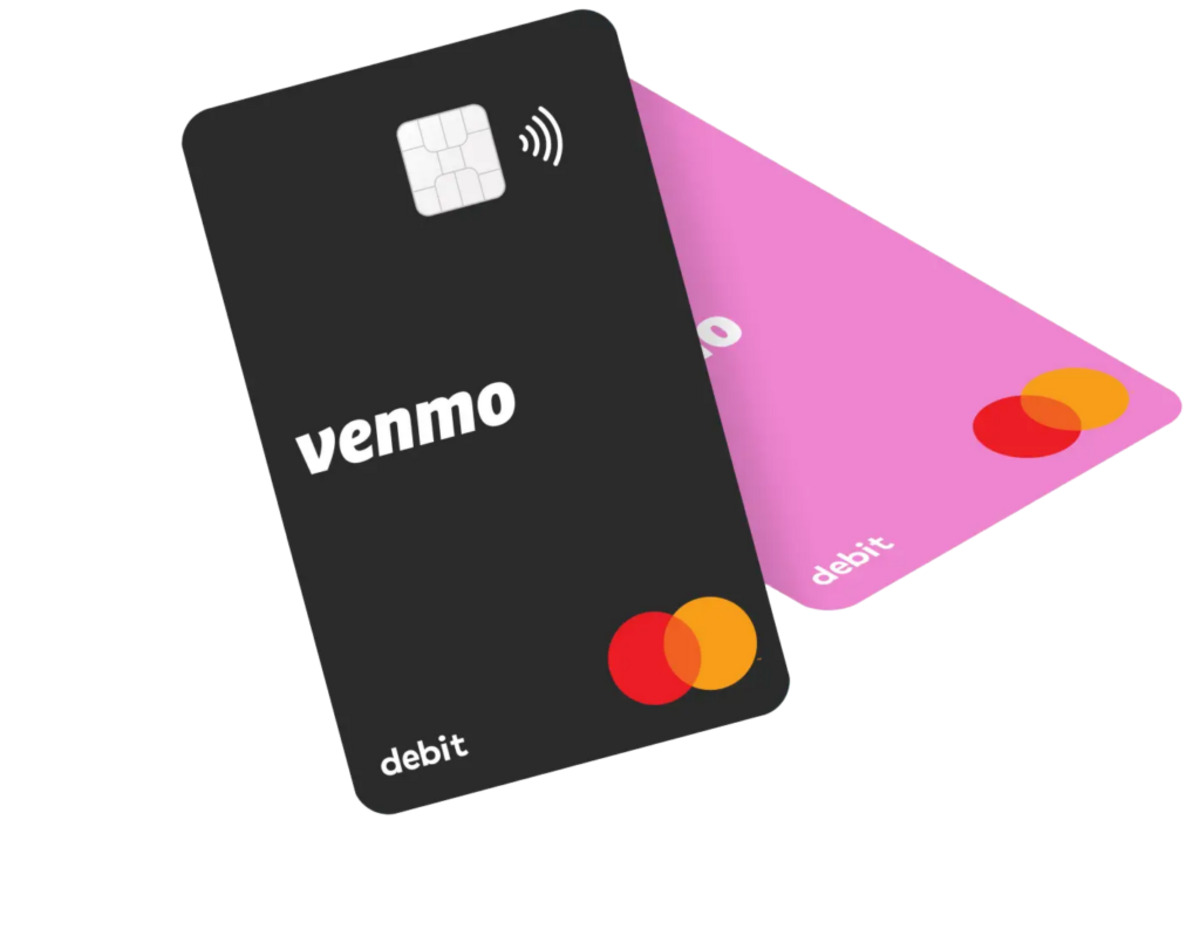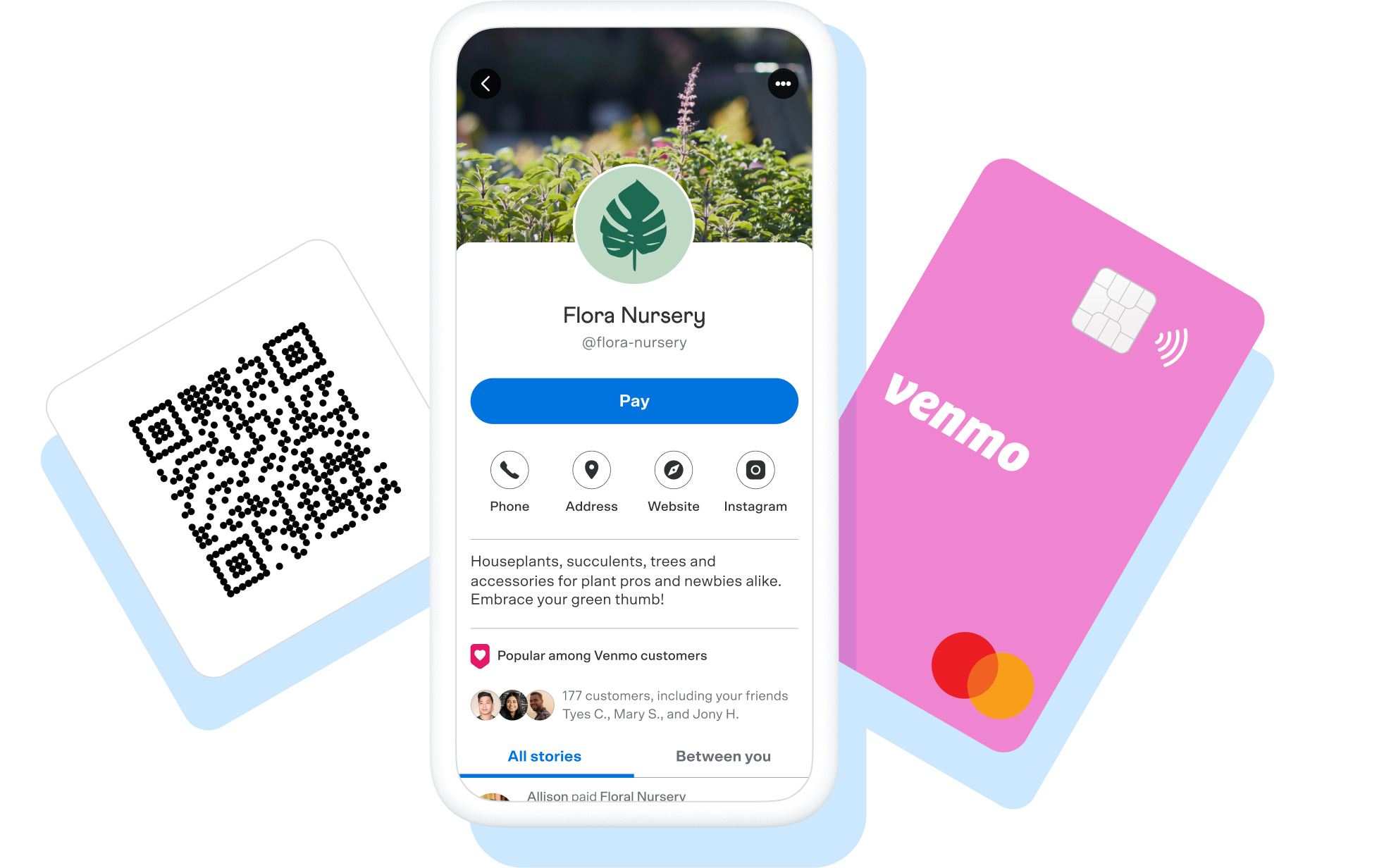Introduction
Venmo has become a popular mobile payment platform, allowing users to send and receive money conveniently. Whether you’re splitting the dinner bill or paying rent, Venmo offers a convenient way to handle transactions with friends, family, and even businesses. But how long can you keep money in Venmo? Is there a maximum balance limit? Do you need to transfer money to a bank account? In this article, we will explore these questions and provide a clear understanding of the options available to Venmo users.
Venmo, owned by PayPal, has gained popularity for its user-friendly interface and seamless payment experience. With just a few taps on your smartphone, you can quickly transfer money to someone in your Venmo network. However, it’s essential to understand the guidelines regarding the length of time you can keep funds in your Venmo account.
As more people embrace digital payments, the flexibility of Venmo becomes crucial. Whether you receive funds from a friend’s repayment or generate income through business transactions, knowing how long you can hold money in Venmo is essential for financial planning and managing your personal finances.
In the following sections, we will delve into Venmo’s policy on the duration of keeping money in your account, the maximum balance limit, transferring funds to a bank account, fees associated with maintaining a balance, the possibility of earning interest, and the consequences of leaving money in Venmo for an extended period.
What is Venmo?
Venmo is a mobile payment service that allows users to send and receive money electronically. It was launched in 2009 and has since gained immense popularity, especially among younger generations. Venmo is known for its social element, allowing users to like and comment on transactions within their network.
The platform seamlessly integrates with users’ bank accounts or debit cards, making it easy to transfer funds and split expenses with friends, family, or even merchants. Venmo provides a convenient way to handle payments for various purposes, including paying for meals, rent, utilities, online purchases, and much more.
One of Venmo’s standout features is the ability to connect with friends and view their transactions in a feed-like interface. This social aspect adds an element of fun and interaction, with users often including emojis or witty messages while transferring money.
Venmo’s popularity grew rapidly due to its convenience, ease of use, and instant transfer capabilities. Whether you’re at a restaurant, attending an event, or simply need to send money to someone across the country, Venmo eliminates the need for physical cash and provides a safe and secure method for financial transactions.
It’s important to note that Venmo is primarily used for peer-to-peer transactions, making it ideal for splitting bills or sharing expenses with others. While Venmo does offer some merchant features, it is not designed to be a full-fledged payment processing platform for businesses. However, many small businesses have started accepting Venmo as a payment method, especially in industries like food delivery, freelance services, and local vendors.
Overall, Venmo has revolutionized the way we handle money transfers, simplifying the process and adding a social touch. It is a convenient and popular choice for countless individuals, providing a hassle-free way to send and receive payments electronically.
How Long Can You Keep Money in Venmo?
When it comes to how long you can keep money in your Venmo account, the good news is that there is no specific time limit. Unlike some other digital payment platforms, Venmo does not impose a restriction on the duration funds can remain in your account. This means that you can hold a balance in Venmo for as long as you’d like.
Whether you’re using Venmo as a temporary holding place for funds before transferring them to your bank account or simply keeping money in Venmo for convenience, you have the flexibility to choose how long you wish to keep your balance. Some users find it convenient to maintain a small balance for quick payments among friends or for occasional online purchases.
It’s worth noting that while there is no time limit, it is generally recommended to transfer funds from Venmo to your linked bank account regularly, especially if you have a larger balance. This ensures that your money is securely stored in your bank and provides better control over your finances.
Venmo’s flexibility in allowing users to keep money in their accounts for an extended period is advantageous for those who prefer to have a digital wallet for convenient transactions. However, it is important to consider the security and stability of your funds. It’s always a good practice to regularly review your Venmo account and monitor your transactions to ensure everything is accurate and up to date.
Ultimately, how long you keep money in Venmo is a personal decision based on your financial needs and preferences. It’s important to stay informed about Venmo’s policies and regularly assess your account to ensure your funds are managed effectively.
Venmo Balance Limit
While Venmo allows you to keep money in your account for as long as you want, there is a limit to how much you can hold in your Venmo balance. Currently, the maximum balance limit for Venmo is $3,000. This means that you cannot have more than $3,000 in your Venmo account at any given time.
It’s important to note that this limit applies to the total balance in your Venmo account, including both incoming payments and funds received from others, as well as any added funds from your bank account or debit card. If your account balance exceeds $3,000, you will need to transfer the excess funds to your linked bank account.
In order to transfer funds from Venmo to your bank account, simply open the Venmo app, navigate to the “Transfer to Bank” option, and follow the instructions to initiate the transfer. It’s worth mentioning that transferring funds from Venmo to your bank account may take one to three business days to process, so keep that in mind if you need immediate access to the funds.
It’s essential to be aware of the balance limit to avoid any inconveniences or potential issues. If your Venmo balance approaches the $3,000 mark, it’s recommended to initiate a transfer to your bank account to ensure you stay within the limit. By doing so, you can continue to use Venmo without any interruptions or restrictions.
Additionally, it’s worth noting that the balance limit on Venmo is subject to change, so it’s always a good idea to check for any updates or modifications to the policy as provided by Venmo. Staying informed about the balance limit will ensure that you can effectively manage your funds within Venmo’s guidelines.
Do You Need to Transfer Money from Venmo to a Bank Account?
While it is not mandatory to transfer money from Venmo to a bank account, there are several reasons why you might consider doing so. Transferring funds from Venmo to a bank account provides a more secure and stable way of managing your money, especially if you have a significant balance or if you want to have easy access to your funds for everyday expenses.
One of the primary advantages of transferring money from Venmo to a bank account is the added layer of security. Although Venmo has robust security measures in place, utilizing your bank account as the main repository for your funds provides an extra level of protection. Banks are heavily regulated and insured, meaning your money is safeguarded against potential risks.
In addition to security, transferring money to a bank account ensures greater financial control and stability. Having your funds in a bank account allows you to easily manage and track your transactions, monitor your balance, and access your money whenever you need it. This is especially important if you have larger sums of money in your Venmo account that you may want to use for significant purchases or emergencies.
Furthermore, transferring money from Venmo to your bank account offers greater flexibility when it comes to spending options. While Venmo is widely accepted by many merchants and businesses, there may still be instances where a direct debit or credit card payment is preferred or required. By transferring funds to a bank account, you can use your bank card for traditional purchases, online shopping, and bill payments, providing more versatility in how you spend your money.
Transferring money from Venmo to a bank account is a straightforward process. Open the Venmo app, select the option to transfer funds, and follow the instructions to link your bank account. Once the transfer is initiated, it typically takes one to three business days for the funds to appear in your bank account.
It’s important to keep in mind that while transferring money from Venmo to a bank account is not obligatory, it does offer benefits in terms of security, control, and spending options. Consider your financial needs and preferences to determine whether transferring funds from Venmo to a bank account is the right choice for you.
Does Venmo Charge Any Fees for Keeping Money in the Account?
Venmo does not charge any fees for simply keeping money in your account. You can maintain a balance in Venmo without incurring any charges from the platform itself. This means that you can hold funds in your Venmo account for as long as you’d like without being penalized for doing so.
However, it’s important to note that while Venmo itself does not charge fees for keeping money in the account, there may be certain situations where fees could be incurred. For example, if you choose to transfer funds from Venmo to a linked bank account, there may be fees associated with the transfer depending on your bank’s policies. It’s crucial to familiarize yourself with your bank’s terms and conditions regarding incoming transfers to ensure you are aware of any potential fees involved.
Additionally, Venmo does impose fees for certain transactions. For instance, if you use a credit card to fund your Venmo transactions, there is a 3% fee applied to the total amount. This fee is imposed by Venmo as a processing fee for utilizing a credit card as a payment method.
It’s important to review Venmo’s fee schedule and guidelines to have a clear understanding of any potential charges associated with specific transactions or services. By being aware of these fees, you can make informed decisions when using Venmo and avoid any unexpected costs.
In summary, Venmo does not charge any fees for keeping money in your account. However, it’s essential to review your bank’s policies regarding incoming transfers and be aware of any fees associated with specific transactions or funding sources to ensure you have a complete understanding of the potential costs involved in using Venmo.
Can You Earn Interest on the Money in Venmo?
Unfortunately, as of now, Venmo does not offer any interest-earning opportunities for the money held in your Venmo account. Unlike traditional bank accounts or some other financial platforms, Venmo does not provide an option to earn interest on the funds you keep in your account.
Venmo’s primary function is to serve as a convenient and user-friendly payment platform, allowing users to easily send and receive money. It is not designed to function as a traditional savings account or investment platform. Therefore, users should not expect to earn interest on the funds they hold within Venmo.
If you are looking to grow your money and earn interest, it is advisable to explore other financial options such as savings accounts, money market accounts, or investments. Traditional banks or online banks often offer interest-bearing accounts that can help your money grow over time.
Note that if you choose to transfer funds from your Venmo account to a linked bank account, any potential interest earned would be dependent on the bank’s terms and the type of bank account you have. Therefore, it is essential to review your bank’s policies and explore the available options for earning interest.
While Venmo may not provide the opportunity to earn interest, its primary focus is on providing a convenient and seamless payment experience. Users can still benefit from the platform’s ease of use, social features, and widespread acceptance as a payment method for various transactions.
In summary, Venmo does not currently offer the ability to earn interest on the money held in your Venmo account. If you want to maximize your potential to earn interest on your funds, it is recommended to explore other financial options such as traditional savings accounts or investments offered by banks and financial institutions.
What Happens If You Do Not Transfer Money from Venmo for a Long Time?
If you do not transfer money from your Venmo account for an extended period, there are a few things that you should be aware of. While Venmo does not impose any specific time limit for keeping funds in your account, it is important to stay informed about the implications of not transferring money for a prolonged period.
One potential consequence of not transferring money from Venmo is the risk of account inactivity. Venmo considers an account to be inactive if there has been no transaction activity or login for a period of 12 months. In such cases, Venmo may charge an inactivity fee of $3 per month until the account becomes active again or the balance reaches $0. This fee is meant to encourage users to actively use their Venmo accounts and to cover the cost of maintaining inactive accounts.
To avoid incurring inactivity fees, simply logging into your Venmo account or initiating a transaction at least once every 12 months is sufficient. This keeps your account active and ensures that you are not charged any fees for inactivity.
In addition to inactivity fees, it’s important to note that leaving a significant balance in your Venmo account for an extended period may expose your funds to potential security risks. While Venmo has robust security measures in place, it is always a good practice to regularly monitor your account and take precautions to protect your funds. If you have a large balance in your Venmo account, it is advisable to consider transferring the funds to a bank account for added security.
Furthermore, keeping a high balance in your Venmo account for an extended period means that those funds are not being utilized elsewhere. If the money is simply sitting in your Venmo account, it may limit your ability to earn interest or invest those funds in accounts that offer higher returns. Therefore, it is often recommended to transfer funds to a bank account or invest them wisely to maximize the potential growth of your money.
It’s important to stay proactive and manage your Venmo account regularly to avoid any potential issues or fees. By periodically reviewing your transactions, logging into your account, and transferring funds when necessary, you can ensure that your Venmo experience remains hassle-free and that your funds are effectively managed.
In summary, not transferring money from your Venmo account for a long time may result in inactivity fees, potential security risks, and a missed opportunity to grow your funds elsewhere. Stay informed about Venmo’s policies, regularly monitor your account, and take necessary actions to manage your funds effectively.
Conclusion
Venmo provides a convenient and user-friendly platform for sending and receiving money electronically. Understanding the guidelines regarding the duration of keeping money in Venmo and the various considerations is important for effectively managing your finances.
While there is no specific time limit on how long you can keep money in your Venmo account, it is recommended to regularly review your account and consider transferring funds to a bank account for added security and financial control. By doing so, you can ensure that your funds are safely stored and readily accessible whenever you need them.
Venmo also has a maximum balance limit of $3,000, so if your account balance approaches this limit, it’s advisable to transfer the excess funds to your linked bank account to avoid any disruptions or restrictions.
Although Venmo does not charge fees for keeping money in your account, it’s important to be aware of any potential fees associated with transferring funds to a bank account or specific types of transactions.
Furthermore, while Venmo offers a convenient payment platform, it does not provide the opportunity to earn interest on the money held in your account. If you’re looking to earn interest or maximize the growth potential of your funds, exploring other financial options such as traditional savings accounts or investments may be beneficial.
Lastly, it’s recommended to stay active in your Venmo account and avoid prolonged periods of inactivity to prevent the possibility of inactivity fees.
By keeping these factors in mind and staying informed about Venmo’s policies, you can effectively utilize the platform to manage your money and make secure and convenient transactions.









